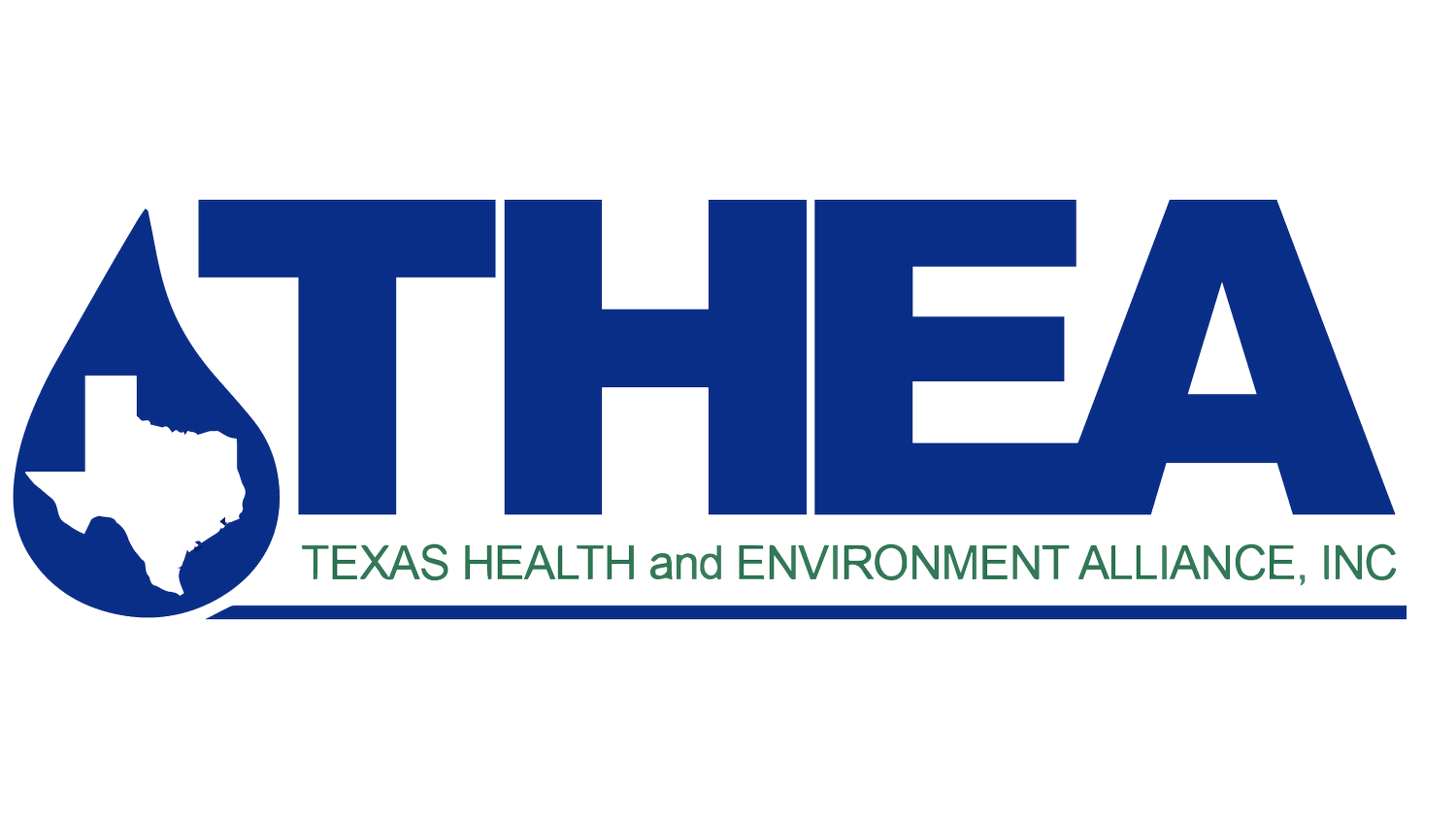
Our Challenge

Learn more about our dedication to Superfund Sites below.
THEA is the only Houston nonprofit focused primarily on Superfund Sites. Why?
The largest number of Superfund Sites in Texas are in Houston and Harris County. We are home to half of the state’s designated sites. If we don’t fix this together as a community, no one will.
Superfund is the process Congress created to make sure that contaminated lands are cleaned up, whether that means holding polluters responsible or funding the cleanup if the responsible party has gone out of business.
Learn more about the connection between climate change and toxic waste below.
Houston Metro has another distinction – It is riddled with old, abandoned industrial sites that can release chemicals into the environment. Harris County holds some 2,000 identified sites. Loose zoning and our rapid population growth mean that nearly a million people could potentially live near - or even on top of – industrial waste.
Climate change increases our risk. We live on one of the most threatened coastlines in the world. Between rising seas and land subsidence, sea levels could rise by six feet over the next 50 years. In the short term, flooding events like Hurricane Harvey threaten to spread dangerous chemicals from old toxic sites into our streets and our homes.
The Climate Change/Toxic Waste Connection
What is a cancer cluster?
Definition: Cancer Cluster
(noun) a greater-than-expected number of cancer cases that occurs within a group of people in a defined geographic area over a specific period of time.
When THEA pushes for the cleanup of Superfund Sites, we are really working to prevent adverse health outcomes from chemical exposure. All three areas where THEA has coalitions are cancer clusters.
Cancer rates are more than just a statistic. They are tragedies that happen to our neighbors, our friends, our families.
In Houston’s Fifth Ward and Kashmere Gardens, children growing up next to a railroad yard are five times more likely to develop leukemia than the state average.
Near the San Jacinto Waste Pits Superfund Site, children growing up next to the river are over sixteen times more likely to develop a rare eye cancer.
Children living around the Jones Road Ground Water Plume Superfund Site are twice as likely to develop leukemia than a community elsewhere in Texas.

Find out how we empower communities to stand up against contamination below.
Toxic Contamination Is
Environmental Injustice
One thing that makes Houston stand out from other major cities is that contaminated sites can be found throughout the metro area, near rich and poor neighborhoods.
However, the data also shows that people of color and lower-income residents are much more likely to lack the resources and influence to push authorities to clean up sites near their homes. More than 70 percent of the residents in THEA’S focus areas are people of color. That’s why our coalition approach is so important. It empowers people to hold polluters and government officials accountable.



